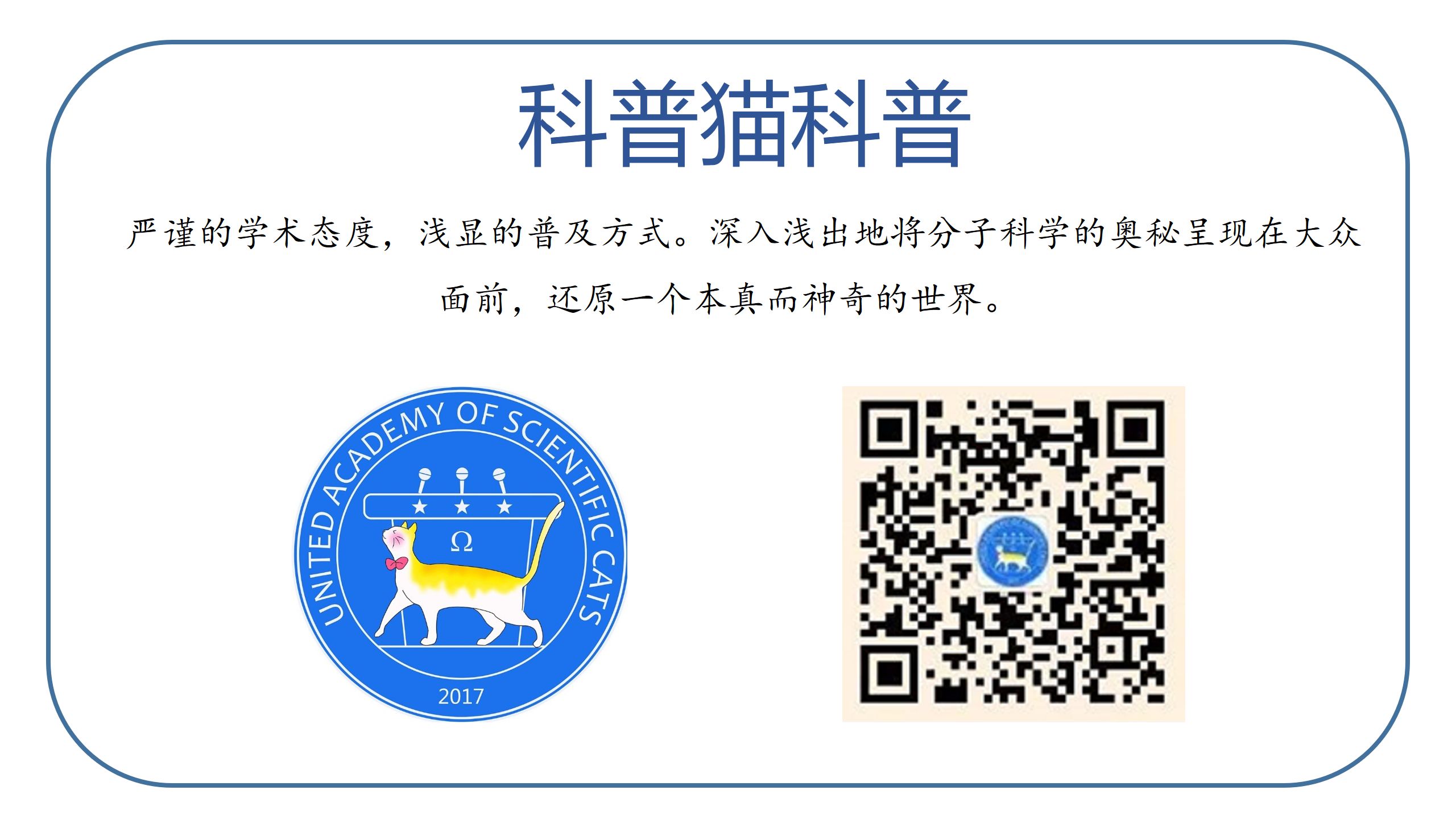“我都被你传染了傻了”,这是人们常开的玩笑。事实上,医学界长期认为痴呆是不会像感冒那样传染。但是关于阿尔茨海默病的传染理论的研究表明,病毒感染可以影响阿尔茨海默病的进展。
关键词:科普;病毒;阿尔茨海默病;译文;

The search for the cause of Alzheimer's has so far come up dry. Some researchers are now asking if germs play a role.
到目前为止,对阿尔茨海默氏症病因的研究还没有结果。一些研究人员现在正在研究细菌是否起作用。
Ariel Davis for NPR
Dr. Leslie Norins is willing to hand over $1 million of his own money to anyone who can clarify something: Is Alzheimer's disease, the most common form of dementia worldwide, caused by a germ?
Leslie Norins博士愿意将自己的100多万美元交给任何可以澄清一些事情的人:阿尔茨海默氏症是世界上最常见的痴呆症,是由细菌引起的吗?
By 'germ' he means microbes like bacteria, viruses, fungi and parasites. In other words, Norins, a physician turned publisher, wants to know if Alzheimer's is infectious.
他所说的'细菌'是指细菌,病毒,真菌和寄生虫等微生物。换句话说,医生出身的出版商Norins想知道阿尔茨海默氏症是否具有传染性。
It's an idea that just a few years ago would've seemed to many an easy way to drain your research budget on bunk science. Money has poured into Alzheimer's research for years, but until very recently not much of it went toward investigating infection in causing dementia.
在几年前,这个想法在很多人看来都是一种简单的方法,可以让你把研究经费花在垃圾科学上。多年来,金钱已经投入阿尔茨海默氏症的研究中,但直到最近,还没有多少资金用于研究引起痴呆症的感染。
But this 'germ theory' of Alzheimer's, as Norins calls it, has been fermenting in the literature for decades. Even early 20th century Czech physician Oskar Fischer - who, along with his German contemporary Dr. Alois Alzheimer, was integral in first describing the condition --noted a possible connection between the newly identified dementia and tuberculosis.
但正如Norins所说,阿尔茨海默氏症的这种'细菌学理论',已经在文献中发酵了几十年。甚至20世纪初,捷克医生Oskar Fischer和他同时代的德国博士Alois Alzheimer一起,首次完整地描述了这种病症--也指出了新发现的痴呆症和结核病之间可能存在联系。
If the germ theory gets traction, even in some Alzheimer's patients, it could trigger a seismic shift in how doctors and understand and treat the disease.
如果细菌理论得到重视,即使在一些阿尔茨海默病患者中,它也可能引发医医生对该病的理解和治疗方式的巨变。
For instance, would we see a day when dementia is prevented with a vaccine, or treated with antibiotics and antiviral medications? Norins thinks it's worth looking into.
例如,我们是否会看到有一天痴呆症可以用疫苗预防,或者用抗生素和抗病毒药物治疗?Norins认为值得研究。
Norins received his medical degree from Duke in the early 1960s, and after a stint at the Centers for Disease Control and Prevention he fell into a lucrative career in medical publishing. He eventually settled in an admittedly aged community in Naples, Florida, where he took an interest in dementia and began reading up on the condition.
Norins在20世纪60年代初期从杜克大学获得了医学学位,在疾病控制和预防中心工作了一段时间后,他开始了在医疗出版行业的赚钱职业。他最终在佛罗里达州那不勒斯的一个公认的老年社区定居下来,在那里他对痴呆症产生了兴趣,并开始阅读有关痴呆症的书籍。

After scouring the medical literature he noticed a pattern.
在查阅了医学文献后,他注意到了一个规律。
'It appeared that many of the reported characteristics of Alzheimer's disease were compatible with an infectious process,' Norins tells NPR. 'I thought for sure this must have already been investigated, because millions and millions of dollars have been spent on Alzheimer's research.'
'许多阿尔茨海默氏症的报告特征似乎与感染过程相一致,'Norins告诉NPR。'我想这肯定已经被调查过了,因为在阿尔茨海默症的研究上已经花费了数百万美元。'
But aside from scattered interest through the decades, this wasn't the case.
但除了几十年来分散的兴趣之外,事实并非如此。
In 2017, Norins launched Alzheimer's Germ Quest, Inc., a public benefit corporation he hopes will drive interest into the germ theory of Alzheimer's, and through which his prize will be distributed. A white paper he penned for the site reads: 'From a two-year review of the scientific literature, I believe it's now clear that just one germ - identity not yet specified, and possibly not yet discovered - causes most AD. I'm calling it the 'Alzheimer's Germ.' '
2017年,Norins创立了阿尔茨海默氏症细菌探索有限公司,这是一家公益机构,他希望能引起人们对阿尔茨海默氏症细菌理论的兴趣,并通过该公司分发他的奖项。他为该网站撰写的一份白皮书中写道:'经过两年的科学文献回顾,我相信现在很清楚,只有一种细菌--身份尚未明确,可能尚未被发现--导致了大多数阿兹海默氏症。我把它叫做阿尔茨海默氏菌。''
Norins is quick to cite sources and studies supporting his claim, among them a 2010 study published in the Journal of Neurosurgery showing that neurosurgeons die from Alzheimer's at a seven-fold higher rate than they do from other disorders.
Norins很快引用了一些资料和研究来支持他的说法,其中一项2010年发表在《神经外科杂志》上的研究表明,神经外科医生死于阿尔茨海默氏症的几率是死于其他疾病的7倍。
Another study from that same year, published in The Journal of the American Geriatric Society found that people whose spouses have dementia are at a six-times greater risk for the condition themselves.
同年发表在《美国老年医学会杂志》上的另一项研究发现,配偶患有痴呆症的人患病的风险是其自身的六倍。
Contagion does come to mind. And Norins isn't alone in his thinking.
我的确想到了传染。Norins并不是唯一一个这么想的人。
In 2016, 32 researchers from universities around the world signed an editorial in the Journal of Alzheimer's Disease calling for 'further research on the role of infectious agents in [Alzheimer's] causation.' Based on much of the same evidence Norins encountered, the authors concluded that clinical trials with antimicrobial drugs in Alzheimer's are now justified.
2016年,来自世界各地大学的32位研究人员在《阿尔茨海默病杂志》上发表了一篇社论,呼吁'对(阿尔茨海默病)病因中感染性因子的作用进行进一步研究'。基于Norins遇到的大量相同的证据,作者得出结论,用抗菌药物治疗老年痴呆症的临床试验现在是合理的。
NPR reported on an intriguing study published in Neuron in June that suggested that viral infection can influence the progression of Alzheimer's. Led by Mt. Sinai genetics professor Joel Dudley, the work was intended to compare the genomes of healthy brain tissue with that affected by dementia.
NPR报道了6月份在《神经元》杂志上发表的一项耐人寻味的研究报道,该研究表明病毒感染可以影响阿尔茨海默氏症的进展。由西奈山遗传学教授Joel Dudley领导的这项研究旨在比较健康脑组织和痴呆症患者的基因组。
But something kept getting in the way: herpes.
但有一种东西一直在妨碍我们:疱疹。
Dudley's team noticed an unexpectedly high level of viral DNA from two human herpes viruses, HHV-6 and HHV-7. The viruses are common and cause a rash called roseola in young children (not the sexually transmitted disease caused by other strains).
Dudley的团队注意到了两种人类疱疹病毒HHV-6和HHV-7的病毒DNA含量异常高。这种病毒很常见,会在幼儿中引发一种叫玫瑰疹的皮疹(不是由其他菌株引起的性传播疾病)。
Some viruses have the ability to lie dormant in our neurons for decades by incorporating their genomes into our own. The classic example is chickenpox: A childhood viral infection resolves and lurks silently, only returning years later as shingles, an excruciating rash. Like it or not, nearly all of us are chimeras with viral DNA speckling our genomes.
通过将其基因组整合到我们自己的神经元中,一些病毒能够在我们的神经元中休眠几十年。典型的例子是水痘:儿童时期的病毒感染会在无声无息的情况下消退并隐藏起来,若干年后又以带状疱疹的形式卷土重来。无论喜欢与否,我们几乎所有人都是带有病毒DNA的嵌合体。
But having the herpes viruses alone doesn't mean inevitable brain decline. After all, up to 75 percent of us are may harbor HHV-6 .
但是仅仅有疱疹病毒并不意味着大脑不可避免地衰退。毕竟,高达75%的人可能患有HHV-6。
But Dudley also noticed that herpes appeared to interact with human genes known to increase Alzheimer's risk. Perhaps, he says, there is some toxic combination of genetic and infectious influence that results in the disease; a combination that sparks what some feel is the main contributor to the disease, an overactive immune system.
但Dudley也注意到疱疹似乎与已知会增加阿尔茨海默氏症风险的人类基因相互作用。他说,或许,遗传和传染性影响的某种有毒组合导致了这种疾病;这种组合激发了一些人认为是导致这种疾病的主要因素--过度活跃的免疫系统。
The hallmark pathology of Alzheimer's is accumulation of a protein called amyloid in the brain. Many researchers have assumed these aggregates, or plaques, are simply a byproduct of some other process at the core of the disease. Other scientists posit that the protein itself contributes to the condition in some way.
阿尔茨海默氏症的标志性病理学是在大脑中积累一种叫做淀粉样蛋白的蛋白质。许多研究人员认为这些聚集体或斑块只是该疾病核心的其他一些过程的副产品。其他科学家认为,这种蛋白质本身在某种程度上会导致这种情况。
The theory that amyloid is the root cause of Alzheimer's is losing steam. But the protein may still contribute to the disease, even if it winds up being deemed infectious.
淀粉样蛋白是阿尔茨海默症的根本原因的理论正在失去动力。但是这种蛋白质可能仍会导致这种疾病,即使它最终被认为是传染性的。
Work by Harvard neuroscientist Rudolph Tanzi suggests it might be a bit of both. Along with colleague Robert Moir, Tanzi has shown that amyloid is lethal to viruses and bacteria in the test tube, and also in mice. He now believes the protein is part of our ancient immune system that like antibodies, ramps up its activity to help fend off unwanted bugs.
哈佛大学神经科学家Rudolph Tanzi的研究表明,这可能是两者兼而有之。Tanzi与同事Robert Moir一起证明,淀粉样蛋白对试管中的病毒和细菌是致命的,对小鼠也是如此。他现在相信这种蛋白质是我们古老的免疫系统的一部分,就像抗体一样,它能增强自身的活性,帮助抵御不必要的细菌。
So does that mean that the microbe is the cause of Alzheimer's, and amyloid a harmless reaction to it? According to Tanzi it's not that simple.
那么,这是否意味着微生物是阿尔茨海默氏症的原因,而淀粉样蛋白是一种无害的反应呢?根据Tanzi的说法,事情并不那么简单。
Tanzi believes that in many cases of Alzheimer's, microbes are probably the initial seed that sets off a toxic tumble of molecular dominos. Early in the disease amyloid protein builds up to fight infection, yet too much of the protein begins to impair function of neurons in the brain. The excess amyloid then causes another protein, called tau, to form tangles, which further harm brain cells.
Tanzi认为,在许多阿尔茨海默症的病例中,微生物可能是引发毒性分子多米诺效应的最初种子。在疾病早期,淀粉样蛋白积聚以抵抗感染,但过多的蛋白质开始损害大脑中神经元的功能。然后过量的淀粉样蛋白导致另一种叫做tau的蛋白质形成缠结,进一步损害脑细胞。
But as Tanzi explains, the ultimate neurological insult in Alzheimer's is the body's reaction to this neurotoxic mess. All the excess protein revs up the immune system, causing inflammation - and it's this inflammation that does the most damage to the Alzheimer's-afflicted brain.
但正如Tanzi解释的那样,阿尔茨海默症中最严重的神经损伤是身体对这种神经毒性混乱的反应。所有多余的蛋白质都会加速免疫系统,导致炎症 - 而正是这种炎症对阿尔茨海默症患者造成了最大的伤害。
So what does this say about the future of treatment? Possibly a lot. Tanzi envisions a day when people are screened at, say, 50 years old. 'If their brains are riddled with too much amyloid,' he says, 'we knock it down a bit with antiviral medications. It's just like how you are prescribed preventative drugs if your cholesterol is too high.'
那么这对未来的治疗有什么意义呢?Tanzi设想有一天人们在50岁的时候接受筛查。'如果他们的大脑中淀粉样物质太多,'他说,'我们就会用抗病毒药物将其击倒。这就像如果你的胆固醇过高,你就会被开预防性药物一样。'
Tanzi feels that microbes are just one possible seed for the complex pathology behind Alzheimer's. Genetics may also play a role, as certain genes produce a type of amyloid more prone to clumping up. He also feels environmental factors like pollution might contribute.
Tanzi认为微生物只是阿尔茨海默症背后复杂病理学的一种可能种子。遗传也可能发挥作用,因为某些基因会产生一种更容易聚集的淀粉样蛋白。他还认为污染等环境因素可能会造成影响。
Dr. James Burke, professor of medicine and psychiatry at Duke University's Alzheimer's Disease Research Center, isn't willing to abandon the amyloid theory altogether, but agrees it's time for the field to move on. 'There may be many roads to developing Alzheimer's disease and it would be shortsighted to focus just on amyloid and tau,' he says. 'A million-dollar prize is attention- getting but the reward for identifying a treatable target to delay or prevent Alzheimer's disease is invaluable.'
杜克大学阿尔茨海默病研究中心医学和精神病学教授James Burke博士不愿完全放弃淀粉样蛋白理论,但他同意,现在是该继续该领域研究的时候了'阿尔茨海默氏症的发展可能有很多途径,而仅仅关注淀粉样蛋白和tau蛋白是目光短浅的,'他说。'100万美元的奖金是引人注意的,但找到一个可治疗的目标来延缓或预防阿尔茨海默氏症的回报是无价的。'
Any treatment that disrupts the cascade leading to amyloid, tau and inflammation could theoretically benefit an at-risk brain. The vast majority of Alzheimer's treatment trials have failed, including many targeting amyloid. But it could be that the patients included were too far along in their disease to reap any therapeutic benefit.
任何破坏了导致淀粉样蛋白、tau和炎症的级联反应的治疗,理论上都能使高危大脑受益。大多数老年痴呆症的治疗试验都失败了,包括许多针对淀粉样蛋白的试验。但也有可能是这些患者在他们的疾病中走得太远,无法获得任何治疗效果。
If a microbe is responsible for all or some cases of Alzheimer's, perhaps future treatments or preventive approaches will prevent toxin protein buildup in the first place. Both Tanzi and Norins believe Alzheimer's vaccines against viruses like herpes might one day become common practice.
如果一种微生物对阿尔茨海默病的所有或部分病例负责,那么未来的治疗或预防方法可能会首先阻止毒素蛋白的积聚。 Tanzi和Norins都认为,阿尔茨海默氏症疫苗有一天可能会成为一种常见的治疗方法。
In July of this year, in collaboration with Norins, the Infectious Diseases Society of America announced that they plan to offer two $50,000 grants supporting research into a microbial association with Alzheimer's. According to Norins, this is the first acknowledgement by a leading infectious disease group that Alzheimer's may be microbial in nature - or at least that it's worth exploring.
今年7月,与Norins合作,美国传染病学会宣布他们计划提供两笔5万美元的拨款,支持对阿尔茨海默氏症的一种微生物的研究。根据Norins的说法,这是一个主要的传染病组织首次承认阿尔茨海默氏症可能是一种微生物 - 或者至少是值得研究的。
'The important thing is not the amount of the money, which is a pittance compared with the $2 billion NIH spends on amyloid and tau research,' says Norins, 'but rather the respectability and more mainstream status the grants confer on investigating of the infectious possibility. Remember when we thought ulcers were caused by stress?'
'重要的不是金钱的数量,这与NIH在淀粉样蛋白和tau蛋白研究上花费的20亿美元相比微不足道,'Norins,说,'而是这些资助赋予调查传染性的尊重程度和主流地位。还记得我们认为溃疡是由压力引起的吗?'
Ulcers, we now know, are caused by a germ.
我们现在知道,溃疡是由细菌引起的。
(版权说明,转载自;科学猫科普)

